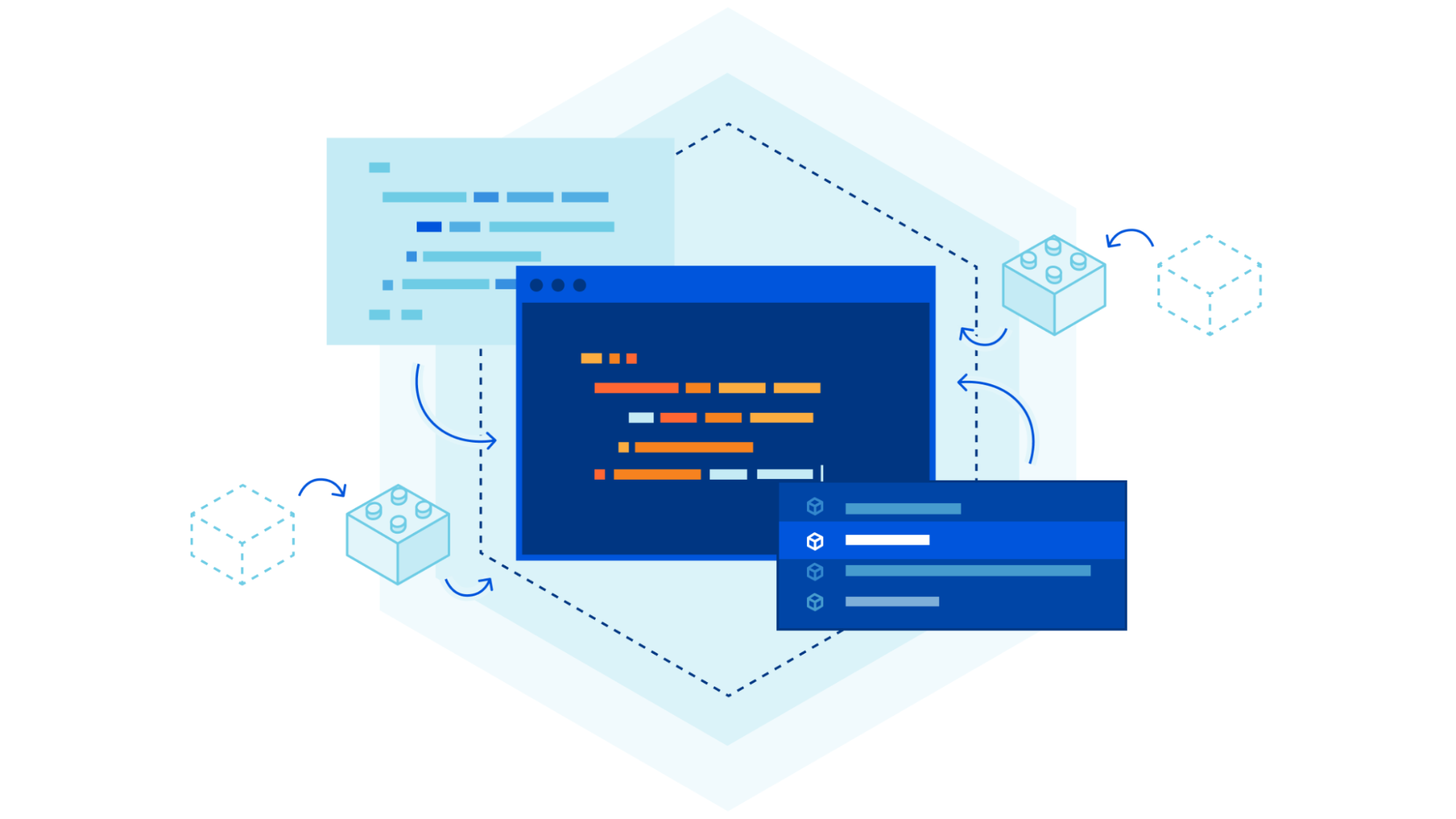0
Cisco is updating the Cisco Certified Network Associate (CCNA) exam to version 1.1. In the past, Cisco only did major updates to their exams. Since then, they have moved to doing more frequent and minor updates, in a more agile fashion. Before going in to the changes, let’s answer some common questions that are covered in Cisco’s FAQ:
Why is the CCNA being updated?
Cisco regularly performs reviews of their exams. Exams get updated to clarify exam topics, introduce new ones, and phase out outdated products and solutions.
What is being added?
New topics include generative AI, cloud network management, and machine learning.
When can candidates register for CCNA v1.1?
Registration begins on August 20, 2024.
What if I’m already studing for CCNA v1.0?
Complete your study and take the CCNA v1.0 exam.
What percentage of the exam is being updated?
Approximately 10% of the exam is updated.
When is the last day to test for CCNA v1.0?
The last day of testing for CCNA v1.0 is August 19, 2024.
So what is being changed? The different domains and their percentages is not changing. The domains and their percentage remain as:

